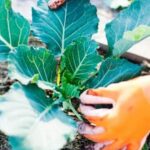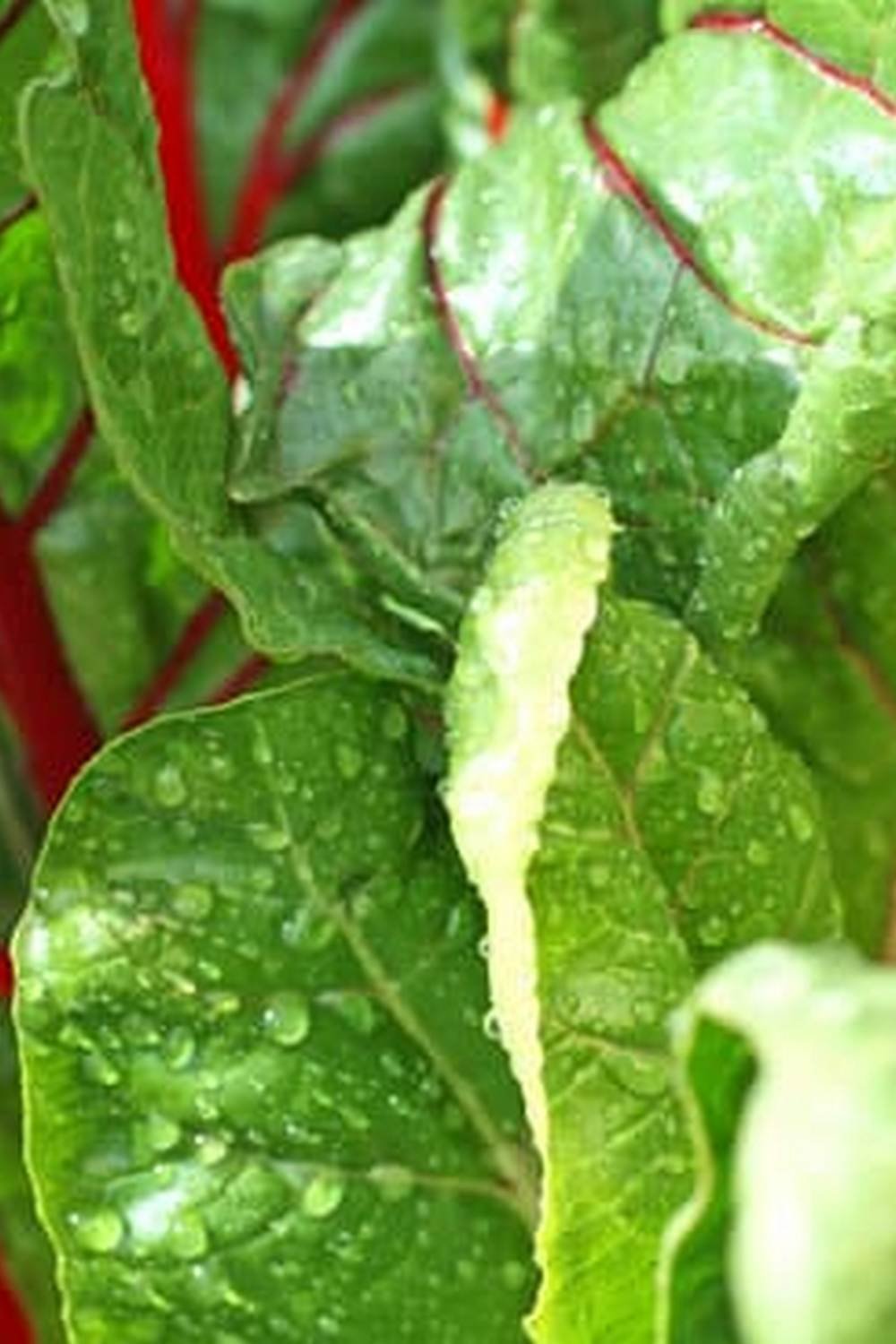Step By Step How To Plant A Vegetable Garden
1. Decide where to plant your garden. Most vegetables need plenty of sunlight, so choose a spot that gets at least six hours of direct sunlight each day.
2. Till the soil. This will loosen it up and help the vegetables grow better.
3. Add compost to the soil. Compost will add nutrients to the soil and help your vegetables grow big and strong.
4. Plan your garden. Decide what vegetables you want to plant and where they will go in your garden.
5. Dig holes for your plants. Make sure the holes are big enough for the plants to grow in.
6. Place the plants in the holes and fill in the soil around them.
7. Water the plants. Make sure they get plenty of water, especially when they are first planted.
8. Be patient. It will take a while for your garden to start producing vegetables. But once it does, you’ll be able to enjoy fresh vegetables all summer long!
Beginners Guide To Planting A Vegetable Garden
When it comes to gardening, there are many things to consider before you get started. One of the first decisions you must make is what to plant. If you are new to gardening, you may want to start with a vegetable garden. Planting a vegetable garden is a great way to get fresh, organic produce right from your own backyard.
The first step in planting a vegetable garden is to choose a location. The best location for a vegetable garden is in an area that receives full sun exposure. Vegetables need at least six hours of direct sunlight each day to grow properly.
Once you have chosen a location, it is time to start preparing the soil. Vegetable gardens require well-drained soil that is rich in organic matter. You can improve the soil in your garden by adding compost or peat moss. Be sure to till the soil well before planting.
Now it is time to select the vegetables you want to plant. There are many different vegetables to choose from, so be sure to choose ones that will grow well in your climate. Some of the most popular vegetables to grow in a garden include tomatoes, cucumbers, peppers, zucchini, and lettuce.
Once you have chosen your vegetables, it is time to plant them. Be sure to follow the package directions when planting your vegetables. Most vegetables can be planted by simply digging a hole in the soil and placing the seed in the hole. However, some vegetables, such as tomatoes, require you to stake them in order to keep them upright.
Once your vegetables are planted, it is important to water them regularly. Vegetables need at least an inch of water per week to grow properly. You can water your vegetables by hand or with a garden hose.
If you fertilize your garden regularly, your vegetables will be able to grow large and healthy. You can fertilize your garden by using a commercial fertilizer or by using organic methods, such as composting.
Vegetable gardens are a great way to get fresh, organic produce right from your own backyard. By following these simple tips, you can plant a successful vegetable garden this year.
Wisconsin Vegetable Garden Planting Guide
The planting guide below will help you to plan your vegetable garden in Wisconsin. The guide is based on the average last frost date in Wisconsin, which is May 15.
If you are planting a vegetable garden for the first time, it is a good idea to start with a small plot. You can always expand your garden later if you like.
When planning your garden, be sure to choose vegetables that are suited to your climate and growing conditions. For example, if you live in a region with a short growing season, you will want to choose vegetables that can be grown in a short amount of time.
The planting guide below includes a list of vegetables that can be grown in Wisconsin.
Asparagus
Beets
Bush Beans
Carrots
Cauliflower
Celery
Corn
Cucumbers
Eggplant
Garlic
Green Beans
Kale
Lettuce
Mustard Greens
Onions
Parsnips
Peas
Peppers
Potatoes
Pumpkins
Radishes
Spinach
Squash
Swiss Chard
Tomatoes
Turnips
Watermelons
The best time to plant vegetables in Wisconsin is during the early spring, before the last frost date. However, some vegetables can also be planted in the summer and fall.
Asparagus can be planted in the early spring, before the last frost date.
Beets, carrots, bush beans, green beans, garlic, lettuce, onions, peas, radishes, and turnips can be planted in the early spring, before the last frost date.
Cucumbers, eggplant, pumpkins, squash, and watermelons can be planted in the summer.
Tomatoes can be planted in the summer or fall.
When planting vegetables, be sure to space them correctly. The spacing guide below will help you to space your vegetables correctly.
Asparagus should be planted 1 foot apart.
Beets should be planted 1 inch apart.
Bush beans should be planted 1 foot apart.
Carrots should be planted 1 inch apart.
Cauliflower should be planted 18 inches apart.
Celery should be planted 12 inches apart.
Corn should be planted 2 feet apart.
Cucumbers should be planted 24 inches apart.
Eggplant should be planted 24 inches apart.
Garlic should be planted 4 inches apart.
Green beans should be planted 1 foot apart.
Kale should be planted 18 inches apart.
Lettuce should be planted 12 inches apart.
Mustard greens should be planted 12 inches apart.
Onions should be planted 4 inches apart.
Parsnips should be planted 2 inches apart.
Peas should be planted 1 inch apart.
Peppers should be planted 18 inches apart.
Potatoes should be planted 12 inches apart.
Pumpkins should be planted 36 inches apart.
Radishes should be planted 1 inch apart.
Spinach should be planted 12 inches apart.
Squash should be planted 24 inches apart.
Swiss chard should be planted 12 inches apart.
Tomatoes should be planted 24 inches apart.
Turnips should be planted 1 inch apart.
When To Plant Seeds For Vegetable Garden
There is no one perfect answer to the question of when to plant seeds for vegetable garden. The best time to plant seeds for your area will depend on your climate and the specific vegetables you want to grow. However, there are some general guidelines that can help you get started.
One of the most important things to consider is the average last frost date for your area. This is the date by which all danger of frost has passed and plants can safely be planted in the ground. You can find your area’s average last frost date online or in a garden catalog.
Once you know the average last frost date, you can start planning your garden. For vegetables that grow best in cool weather, such as lettuce or spinach, you will want to plant your seeds a few weeks before the last frost date. For vegetables that grow best in warm weather, such as tomatoes or peppers, you will want to wait until after the last frost date to plant your seeds.
You can also consult a garden calendar to get specific planting dates for your area. A garden calendar will give you information on the average last frost date for your area as well as the best time to plant different vegetables.
No matter when you plant your seeds, be sure to keep track of the weather in your area. If there is a chance of a late frost, you may need to cover your plants or bring them inside overnight.
By following these general guidelines, you can create a successful vegetable garden that is tailored to your specific climate.
Vegetable Garden Plants For Shade
There are a few vegetable plants that actually prefer shade. This is great news for gardeners who may not have a lot of sunlight available for their vegetable garden.
Some of the best shade-loving vegetables are lettuce, spinach, beets, and carrots. These plants will do fine in areas that get only a few hours of sunlight each day.
If you are looking for vegetables that can tolerate a little more sun, try tomatoes, peppers, and eggplants. These plants will do fine in areas that get a few hours of sunlight each day, but they may grow a little slower in shady areas.
If you are looking for a complete list of vegetables that can be grown in shade, check out this list from the University of Illinois Extension: https://www.extension.illinois.edu/veggies/files/shade_veggies.pdf

If you’re looking to get into vegetable gardening, or are just looking for some tips on how to make your current garden better, then you’ve come to the right place! My name is Ethel and I have been gardening for years. In this blog, I’m going to share with you some of my best tips on how to create a successful vegetable garden.





